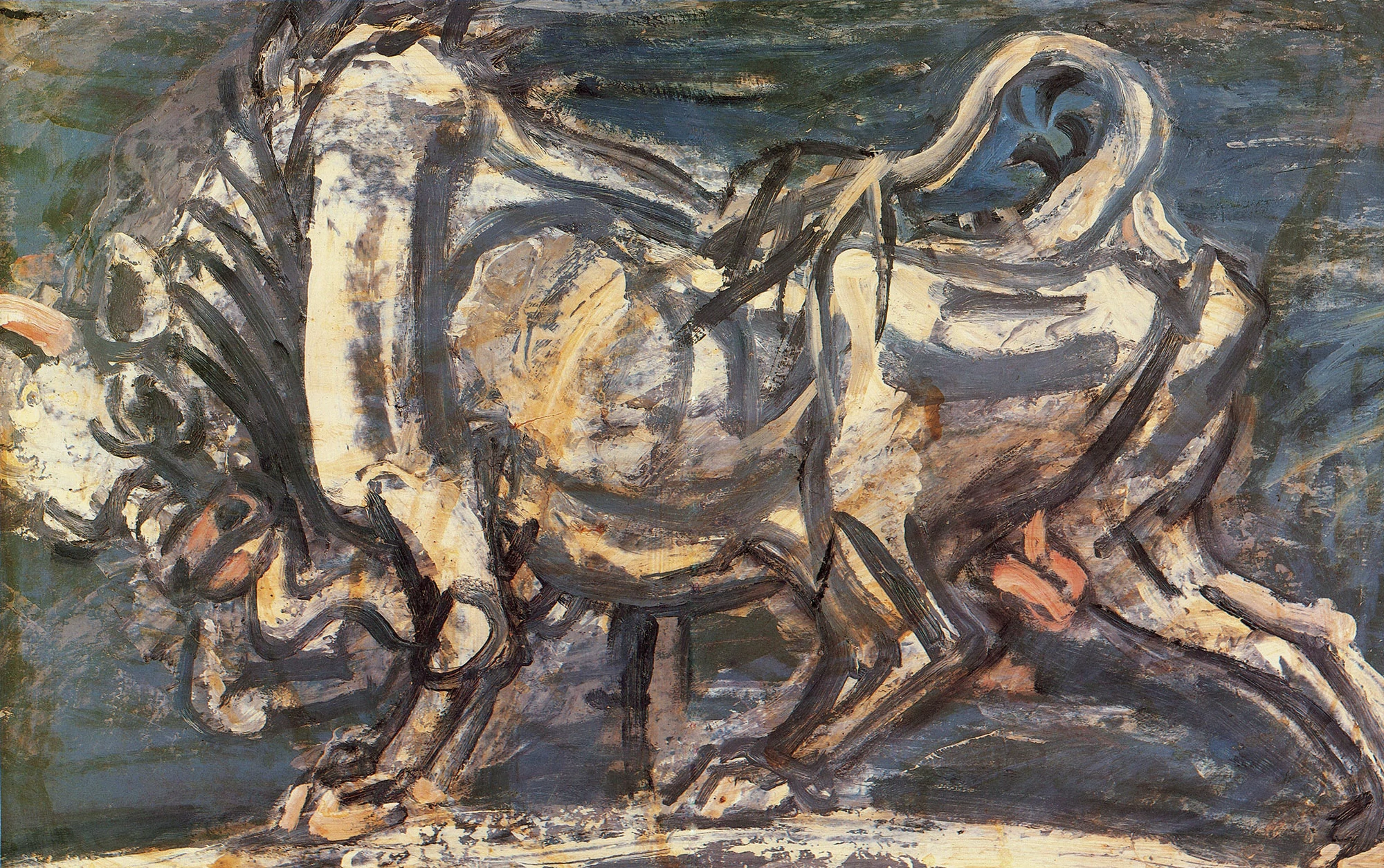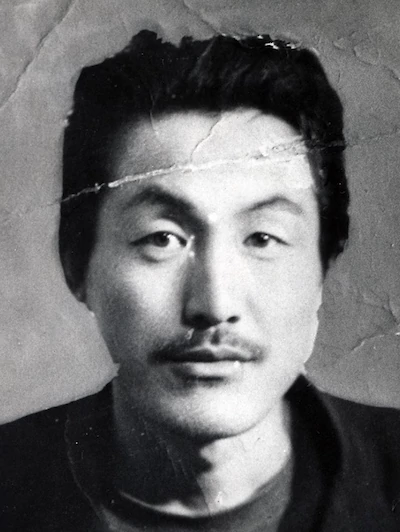Lee Jung-seob
A life of longing




Human beings have painted bulls since we lived in caves. Their heaving muscles and volatile power represented fertility in Hinduism, virility to the Celts, and the eternal cosmos to the Minoans. Picasso imagined himself as a sexual minotaur—half man, half bull.
The Korean artist Lee Jung-seob is most famous for his series artworks depicting massive, energic bulls. The powerful creatures are rendered in equally powerful brushstrokes, a masterclass in expressionist gesture. But unlike the bullish Picasso, it was Lee Jung-seob’s fragility and loss that defined his life, and a series of tiny, delicate drawings on tinfoil that bring us closest to this enigmatic artist.
Lee Jung-seob was born in what is now North Korea, at the time an occupied territory of Japan’s Meiji government. After developing a love of art in high school, Lee traveled to Tokyo to study. First enrolling in the renowned Teikoku Art School (now the Musashino Art University) in a program for occidental, or 'western' painting, Lee left to join a more avant-garde program at Bunka Gakuen University. During his time at Bunka Gakuen, Lee met a young poet, Yamamoto Masako, and after graduation, they married and moved to the city of Wonsan, South Hamgyeong Province.
Their life was peaceful for a while, if tinged by the loss of their first child to diphtheria. Lee and Masako had two more sons, Taehyu and Taeseong. But in 1950, the Korean War erupted and stripped normalcy from the young family. As the conflict escalated into open warfare then into years of attrition, Lee and Masako fled the violence and economic ruin that enveloped Korea, first moving to the city of Busan in South Korea, then to the island of Jeju. Finally, in a desperate attempt to ensure his family’s safety, Lee sent Masako and their sons to Japan, while he returned to Seoul.
In war-torn Korea, Lee had little access to canvas or paints. Instead he created miniature paintings on postcards sent to his family. The cards that have survived are simple, colorful images intended to charm a child. Smiling figures play in a garden, ducks groom their feathers on a pond, two figures wave to the viewer, arm in arm. Images of hope and happiness.
But alone in a war-torn city, Lee was isolated and increasingly destitute. His postcards are colorful, but the drawings he didn't send to his family are scratched into the tin foil wrappers that lined his cigarette cartons. Small figures with stone-like expressions populate these drawings, simplified bodies that fight, wrestle and contort.
Finally Lee found some luck, and in the summer of 1953, after a weeklong visit to see his family in Japan, he took a job teaching lacquerware inlaying at a craft school in Tongyeong. Hoping that he'd soon be able to permanently join his family, he once again bought oils and canvas, and created the series of bull paintings that defined his career.
In 1955, Lee held an ambitious solo exhibition at the Gallery of Midopa Department Store, and another show at the U.S. Information Service in Daegu. But the shows were a financial catastrophe, costing him his savings and earning him little return. Lee’s physical and mental health was failing as well. In his longing for his family, he drank heavily, and in September of 1956, he died from hepatitis in the Seoul Red Cross Hospital.
...
Got questions, comments or corrections about Lee Jung-seob? Join the conversation in our Discord, and if you enjoy content like this, consider becoming a member for exclusive essays, downloadables, and discounts in the Obelisk Store.